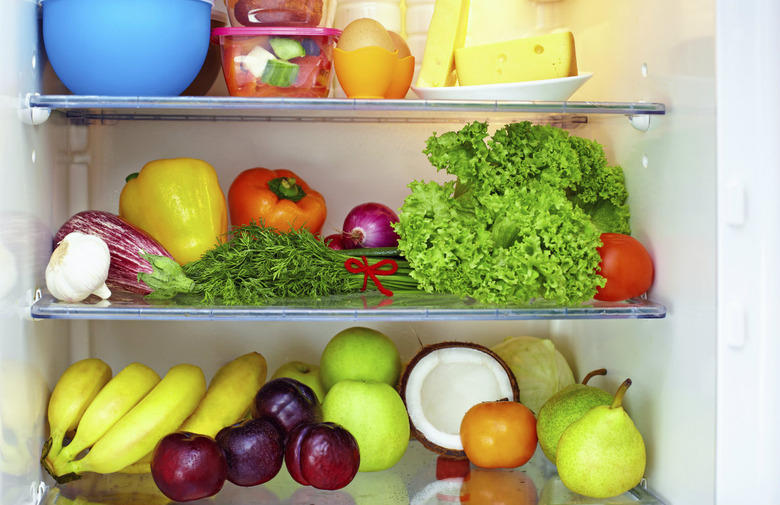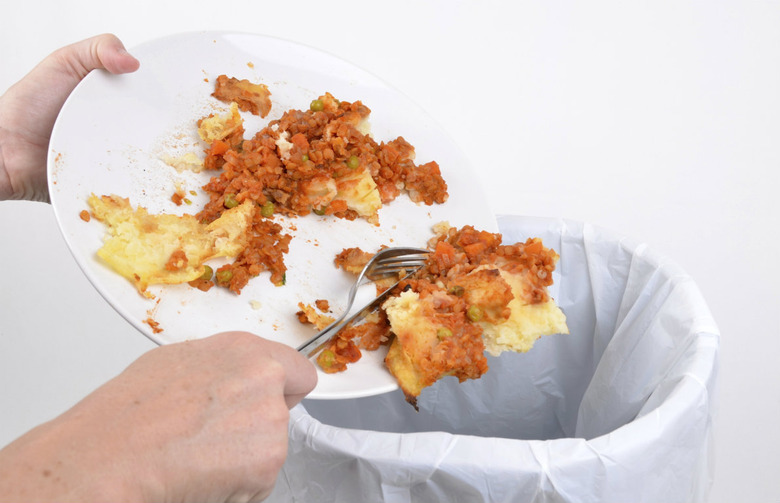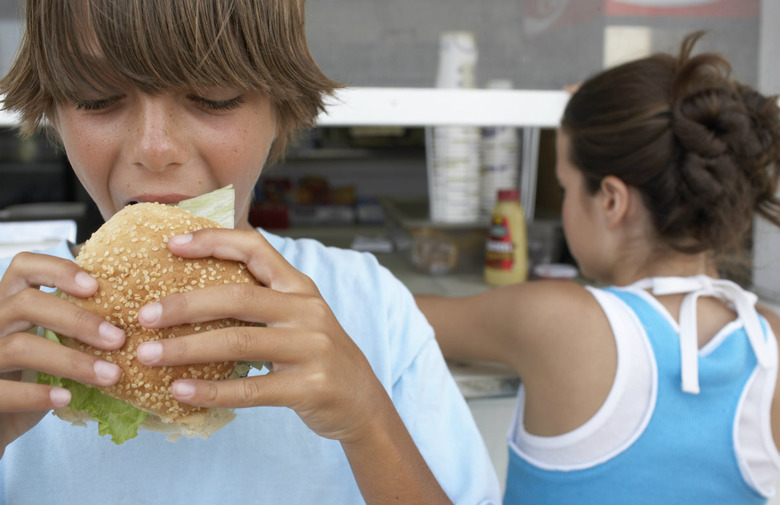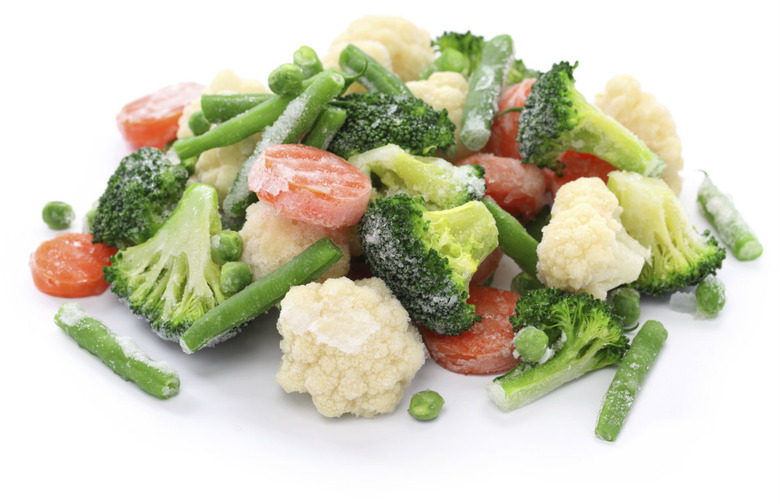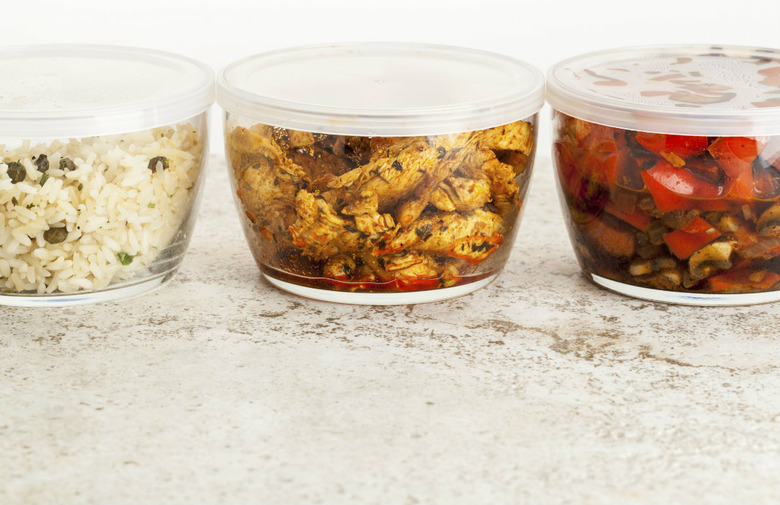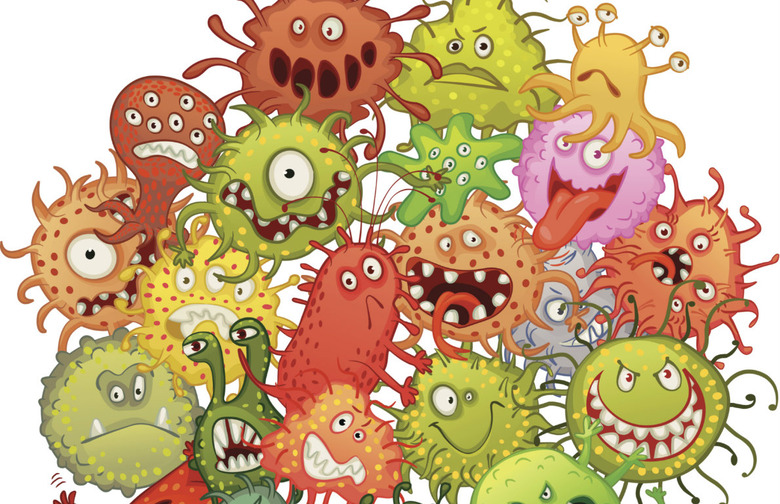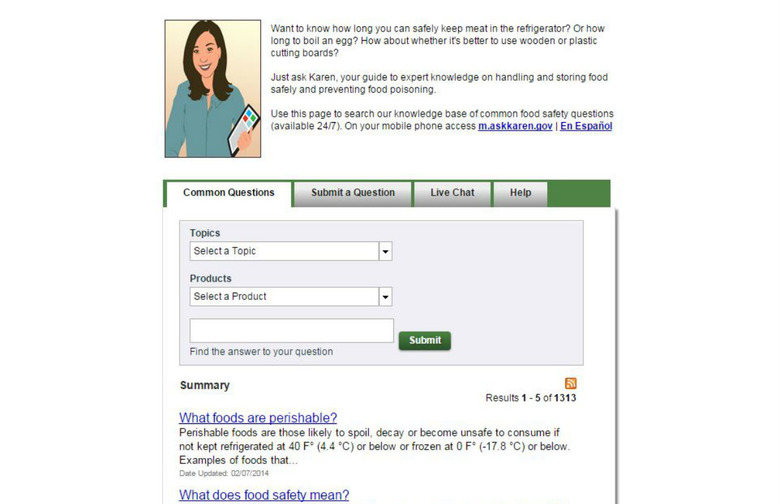Food Safety Basics To Teach Your Kids
Food safety awareness isn't just for adults — the earlier you can teach your children about food safety, the better. Luckily, the United States Department of Agriculture and the Food Safety and Inspection Service have a variety of materials for guardians and educators to help children learn how to cook and handle food in a safe and hygienic manner.
To make sure that you and your family enjoy the summer — and every outdoor picnic — as much as possible, keep these food safety basics in mind. It might help to have your kids think of foodborne illness as an invisible enemy "BAC," short for "bacteria," which can't be seen, heard, smelled, or tasted — but can be defeated with the right food safety habits. And when you need it, don't be afraid to ask for help.
Clean
Wash your hands and surfaces. It sounds like common sense, but according to the Food Safety and Inspection Service, unwashed hands are a prime cause of foodborne illness. Make sure that your family washes their hands for at least 20 seconds before handling food, after using the restroom, changing diapers, or handling pets.
Backpacks and books, which can pick up microorganisms, should stay on the floor, not the kitchen table or counter.
For visits to the park, camping trips, or other outdoor activities, make sure your kids have moist towelettes and paper towels for cleaning their hands and wiping down surfaces. Finally, pack water for food preparation and cleaning if you're concerned about a lack of clean, running water.
Separate
The best way to avoid cross-contamination — another key source of foodborne illness — is to separate food the right way. When packing food, make sure that raw items are securely wrapped and do not come in contact with ready-to-eat foods.
Teach children to think of foodborne illness as BAC, an invisible enemy who has the power to make them sick. However, they also have the power to "fight BAC" and avoid cross contamination: be smart, keep foods apart. Get your kids into the habit of washing all cutting boards, dishes, and utensils with hot soapy water after they make a snack, especially any that involve raw items.
Cook
One of the things that you can do to protect your food from bacteria is to use a food thermometer. You can't tell whether food is safe by how it looks, smells, or tastes, but a food thermometer can tell you if something is cooked to a safe minimum internal temperature — 145 degrees F, plus a three-minute rest period for beef, pork, veal, lamb, steaks, roasts, and chops; 165 degrees for chicken and turkey; and 160 degrees for ground meats like hamburgers, and egg dishes.
Leftovers should be heated to 165 degrees F, and microwaved foods should be left to sit for a few minutes before removal.
Chill
Keeping cold foods cold is one of the most important things you and your family can do to protect against foodborne bacteria. Sandwiches and salads made with meat and poultry, tuna and egg salads, dairy products, and peeled and cut produce need to stay cold — refrigerate them until you're ready to serve. Leftovers should be put away within two hours.
Add a frozen gel pack to an insulated lunch box to keep food cool, and store in the coolest place available.
All of these steps — clean, separate, cook, and chill — are the most important bacteria-fighting food safety tips to keep in mind at all times, and especially during the summer. Help your kids remember these steps with this downloadable activity book from FoodSafety.gov.
Here are some other key things to remember:
When In Doubt, Throw It Out
Although we don't advocate wasting food, your family's health is more important than saving food just because it was paid for. According to FSIS guidelines, food left out of refrigeration for more than two hours may not be safe to eat. Any food that is out in temperatures above 90 degrees F should be refrigerated within the hour, and in general, perishables should be put on ice as soon as you finish eating. However, when in doubt, throw it out.
Don’t Taste Food to See If It’s Still Good
You cannot taste, smell, or see whether or not food has been contaminated with bacteria. Many of these germs, including salmonella and botulism, only need a fraction of cells in undercooked food to cause food poisoning, and you can easily get sick from coming into contact with contaminated food for any length of time.
Don’t Thaw Food on the Counter
Germs can multiply rapidly at room temperature. To thaw anything, put it in the refrigerator, submerge it in cold water, or microwave it.
Don’t Wait for Food to Cool Before Refrigerating
It's a myth that you need to wait for food to cool before you put it in the fridge. Bacteria can grow in unrefrigerated perishable foods within two hours, and within the hour if the temperature is over 90 degrees F. Freezing food past this point will not destroy any of the bacteria, so make sure that your family knows the limits.
Recognize the Signs of Food Poisoning
Although food poisoning can affect anyone, young children are at a greater risk for a more serious illness or death from foodborne bacteria, because their immune systems are less developed than an adult's. Teach your children to recognize the signs of food poisoning, which can occur within minutes, or weeks after consuming contaminated foods.
Symptoms of food poisoning are often similar to the flu, including nausea, vomiting, diarrhea, or fever. Children are particularly susceptible to hemolytic uremic syndrome (HUS), which can result from infection by a particular strain of E. coli bacteria, and can lead to kidney failure and death.
Infection may come from contaminated food or beverages, such as meat, especially undercooked ground beef; unpasteurized juices; contaminated water; or through contact with an infected person. The most common symptoms of HUS infection are vomiting, abdominal pain, and diarrhea, which may be bloody.
Ask Karen
If you or your family have any questions or specific food safety concerns, submit a question to Karen, the Food Safety and Inspection Service's expert online guide on the proper handling and storage of food and the prevention of food poisoning. Submit your questions online, and review previously submitted questions to see if yours has already been answered.




